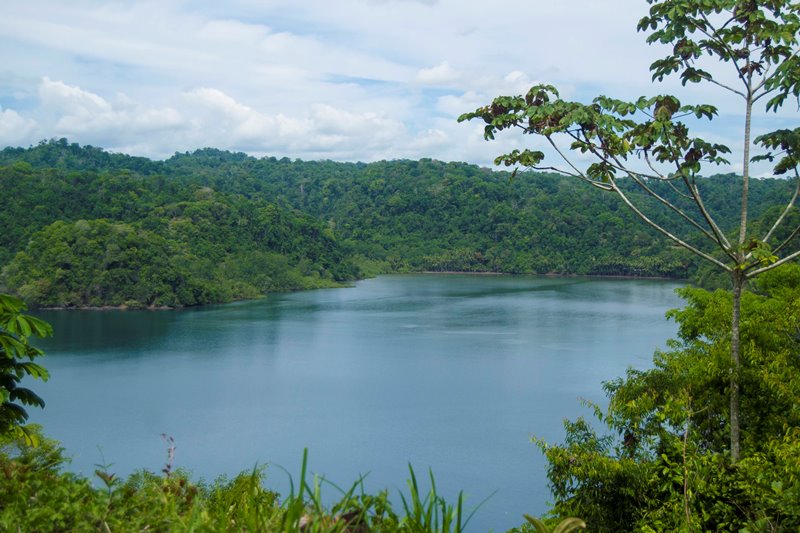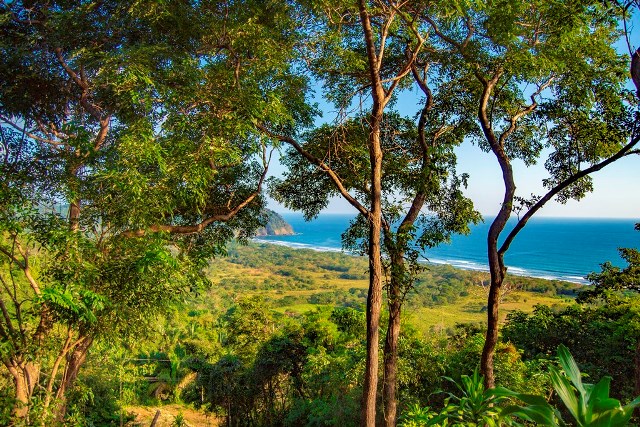Maritime Zone
Maritime Zone
Maritime Zone
Costa Rica's beaches and rivers and streams are all owned by the Government of Costa Rica and cannot be owned by individuals or corporations. In the case of coastal areas, there are a wide range of zoning requirements and permits that allow for the private and commercial development of the coastal regions, but these are 99-year renewable concessions. Beach front property within 200 meters of mean high tide cannot be titled or owned. Maritime zoning law is sufficiently complicated that an entire book could be written about this subject alone, and if beach front is what you are looking for, it will be necessary for you to understand all the nuances of this set of zoning regulations. In a nutshell, the area from mean high-tide to 50 meters back is public zone upon which nothing can be built. Building is required between 50 and 200 meters above mean high tide. However, a concession is required in order to obtain the building permits in order to develop legally. Before a concession can be acquired, the affected area must have an approved zoning permit in place, known as a Plan Regulador. For raw coastline, the most timely and costly of the steps is acquiring the Plan Regulador, which has a large number of requirements and is a process that can take from 2-5 years to complete. Once the Plan Regulador is in place, however, and many coastal properties for sale are already part of a Plan Regulador. Once a Plan Regulador is in place or if one already includes the property of interest, then obtaining a concession is still a ticklish bureaucratic undertaking but one that can be undertaken in around one year's time, sometimes less. Maritime property is more troublesome than non-maritime property, and this should be taken in full account during property searches and while considering legal representation.
Costa Rica's beaches and rivers and streams are all owned by the Government of Costa Rica and cannot be owned by individuals or corporations. In the case of coastal areas, there are a wide range of zoning requirements and permits that allow for the private and commercial development of the coastal regions, but these are 99-year renewable concessions. Beach front property within 200 meters of mean high tide cannot be titled or owned. Maritime zoning law is sufficiently complicated that an entire book could be written about this subject alone, and if beach front is what you are looking for, it will be necessary for you to understand all the nuances of this set of zoning regulations. In a nutshell, the area from mean high-tide to 50 meters back is public zone upon which nothing can be built. Building is required between 50 and 200 meters above mean high tide. However, a concession is required in order to obtain the building permits in order to develop legally. Before a concession can be acquired, the affected area must have an approved zoning permit in place, known as a Plan Regulador. For raw coastline, the most timely and costly of the steps is acquiring the Plan Regulador, which has a large number of requirements and is a process that can take from 2-5 years to complete. Once the Plan Regulador is in place, however, and many coastal properties for sale are already part of a Plan Regulador. Once a Plan Regulador is in place or if one already includes the property of interest, then obtaining a concession is still a ticklish bureaucratic undertaking but one that can be undertaken in around one year's time, sometimes less. Maritime property is more troublesome than non-maritime property, and this should be taken in full account during property searches and while considering legal representation.
Costa Rica's beaches and rivers and streams are all owned by the Government of Costa Rica and cannot be owned by individuals or corporations. In the case of coastal areas, there are a wide range of zoning requirements and permits that allow for the private and commercial development of the coastal regions, but these are 99-year renewable concessions. Beach front property within 200 meters of mean high tide cannot be titled or owned. Maritime zoning law is sufficiently complicated that an entire book could be written about this subject alone, and if beach front is what you are looking for, it will be necessary for you to understand all the nuances of this set of zoning regulations. In a nutshell, the area from mean high-tide to 50 meters back is public zone upon which nothing can be built. Building is required between 50 and 200 meters above mean high tide. However, a concession is required in order to obtain the building permits in order to develop legally. Before a concession can be acquired, the affected area must have an approved zoning permit in place, known as a Plan Regulador. For raw coastline, the most timely and costly of the steps is acquiring the Plan Regulador, which has a large number of requirements and is a process that can take from 2-5 years to complete. Once the Plan Regulador is in place, however, and many coastal properties for sale are already part of a Plan Regulador. Once a Plan Regulador is in place or if one already includes the property of interest, then obtaining a concession is still a ticklish bureaucratic undertaking but one that can be undertaken in around one year's time, sometimes less. Maritime property is more troublesome than non-maritime property, and this should be taken in full account during property searches and while considering legal representation.
 |
 |
F E A T U R E D























